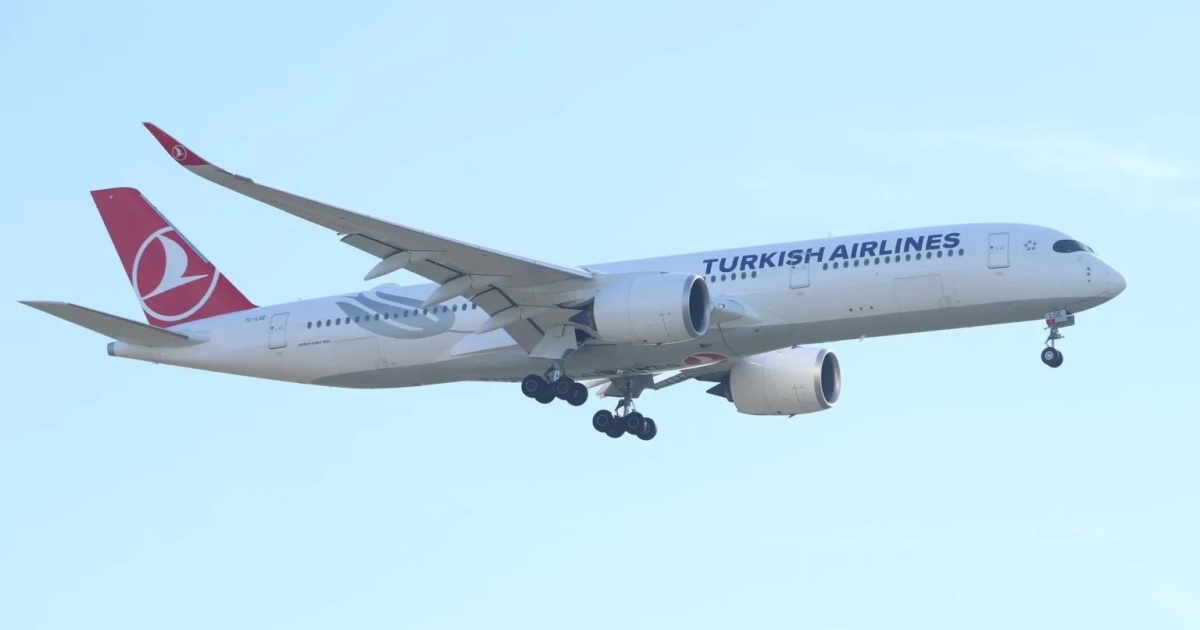Transportation by air is believed to be safe compared to other methods of transport but once in a while something like that which has happened in a Turkish Airlines’ flight from America to Turkey happens. There was an unfortunate event during a transatlantic flight; a pilot died on the line in the cockpit, this stunned every passenger on board and the crew too. This article will explain what exactly happened, normally what happens in such crisis, and the consequences of such act in relative to overall aviation security.
Turkish Airlines:
A Brief Overview The flight companies, especially Turkish Airlines, is recognised as one of the largest and most reputable in the world with operating network of over 300 destinations. It started in 1933 and has since created a niche market with their safety, comfortable and quality services. Nevertheless this unfortunate experience we can notice that the airline remains quite safe.
The Incident Details
A pilot himself was suddenly unresponsive during a flight from USA to Turkey. What should have been a normal flight turned into an incredibly serious situation when the workers understood that the pilot was dead. The police have not yet given their findings on the circumstances that led to the death but preliminary findings indicate it could have been a case of a medical condition.
Role of the Crew During In-Flight Emergencies
Standard Protocols
In-flight emergencies, while rare, are something that airline crews are rigorously trained to handle. Turkish Airlines, like many international carriers, follows strict protocols to ensure the safety of passengers and crew in the event of an unexpected medical emergency involving the flight deck crew.
Immediate Actions Taken by Crew
The co-pilot took immediate control of the situation, following procedures designed for such events. Communication with air traffic control was initiated, and the crew ensured the passengers were informed and remained calm throughout the ordeal.
How Common Are Pilot Emergencies?
While pilot incapacitation is not a frequent occurrence, it does happen from time to time. Statistically, commercial aviation sees a handful of such incidents annually. However, modern planes are equipped with multiple safety systems, and co-pilots are fully trained to assume command of the aircraft in such situations.
What Happens When a Pilot Becomes Incapacitated?
Role of Co-Pilot
In the event of a pilot becoming incapacitated, the co-pilot immediately assumes full control of the aircraft. Co-pilots are just as qualified as captains, and they are trained to handle the aircraft and any emergency that may arise.
Aviation Safety Standards:
Pilot Health Regulations on Pilot Health
It’s important to note that airline pilots are under certain health regulation measures. They are subjected to periodic medical checkups with a view of ascertaining that they fit for work. These are intended to avoid circumstances in which the pilot’s physical condition may endanger the flight.
Stress and a Man’s Health: An Examination of Pilots
There are lots of demands placed on a pilot and it is highly stressful and tiring occupation which can in turn take its toll on pilots’ health in the long run. Often times the flights are long with irregular shift time and always handling hundreds of passengers can prove to be stressing to the pilots.
A brief on Aviation Safety Standards and Pilot Health
Regulations on Pilot Health
As for flight attendants, airplane pilots are under much of health regulation norms. Annual checkups are carried in order to ascertain that the employees are fit to work. These check are implemented with a view of ensuring that the pilot does not pose a danger to the safety of the flight due to his/her ill health.
Stress as a Health Threat to Pilots
Being a pilot is all about risk, stress, physical exhaustion and one can even lose his/her health for the long run. Such aspects as daily working hours, irregular continual working schedule, and high responsibility for hundreds of passengers as well as long flights can affect a pilot.
This is meant by the term Immediate Response and Emergency Landing as found out next.
How the Situation Was Handled
Having assessed the situation to be critical, the co-pilot and the crew informed the traffic control department to start an emergency landing. This entailed choosing the nearest appropriate airport that medical professionals could respond to the situation.
It is also important to replace clutter and coordinating with air traffic control
Due to air traffic control, the plane was directed to the correct path for their safety. Apparently calming the co-pilot, the airline that owns the airplane, and the air traffic control system guaranteed that the airplane landed safely.
Impact on Passengers
Customer Responses
Not surprisingly, the passengers were concerned when they passed the information about the pilot’s condition. But, due to proper courtesy of the cabin crew and explaining the situation to the passengers, there was no panic.
Safety Assurances and Communication
The crew was transparent with passengers, ensuring that their safety was never compromised. Clear communication from the cockpit and cabin crew helped reassure the passengers that the situation was under control.
Effect on Crew and Passengers Psychological Point of View
Such an event is psychologically affecting not only passengers but also the Stuff and crew for the long term. The loss of a pilot to the sky can be calamitous, and most airlines usually provide support from grief counselors in attempt to handle the emotional losses brought by the incident.
Medical Facilities on Board
Many big airplanes, including those of Turkish Airlines, are fitted with medical emergency kits intended for basic treatment of some diseases. However, in cases such as this one, the gear that may be used can only do so much in the way of rescuing a life, let alone treating the man collapsing in the street with serious injuries, excluding heart issues of course.
Importance of Pilot Health Screening
Frequency and Nature of Health Checks
Pilots undergo frequent health assessments, including cardiovascular health checks, to catch potential issues early. Despite this, some conditions may not always be detectable, particularly if they develop between scheduled medical exams.
People around the World Respond to the Incident
The death of a Turkish Airlines pilot while on the line on a flight received news coverage around the world. National and international aviation organisations offered condolences and stated that such an event is highly exceptional and that aviation safety remains a high priority.
Conclusion
The dramatic death of the Turkish Airlines pilot while in the cockpit flying the aircraft also reminds one that even things usually deemed routine and practiced to the letter such as flying an aircraft can be cut short by death at any one time. By the action of the co-pilot and the crew, a more serious disaster was prevented. Further probe would tell how initiatives to reduce risks will affect the future of commercial aviation in the wake of this incident.















